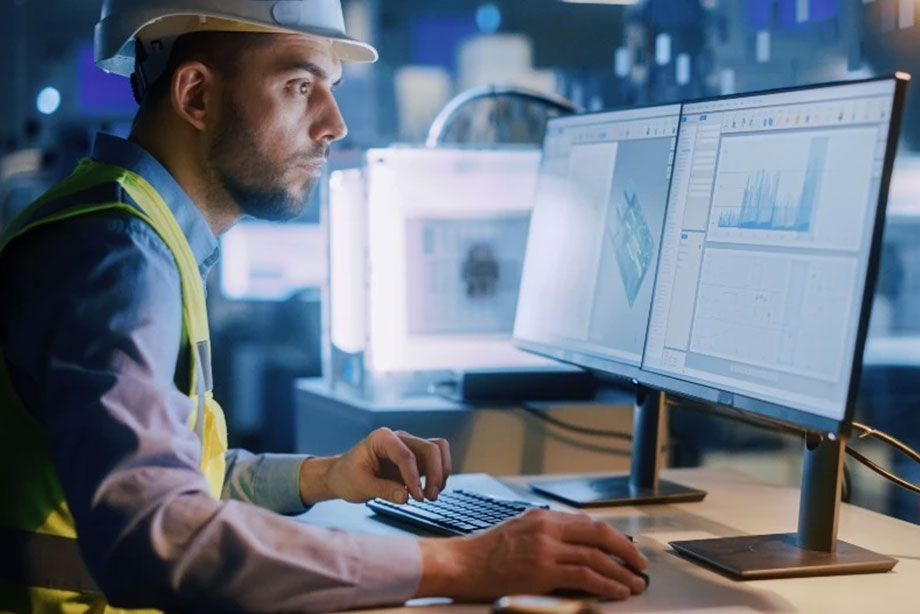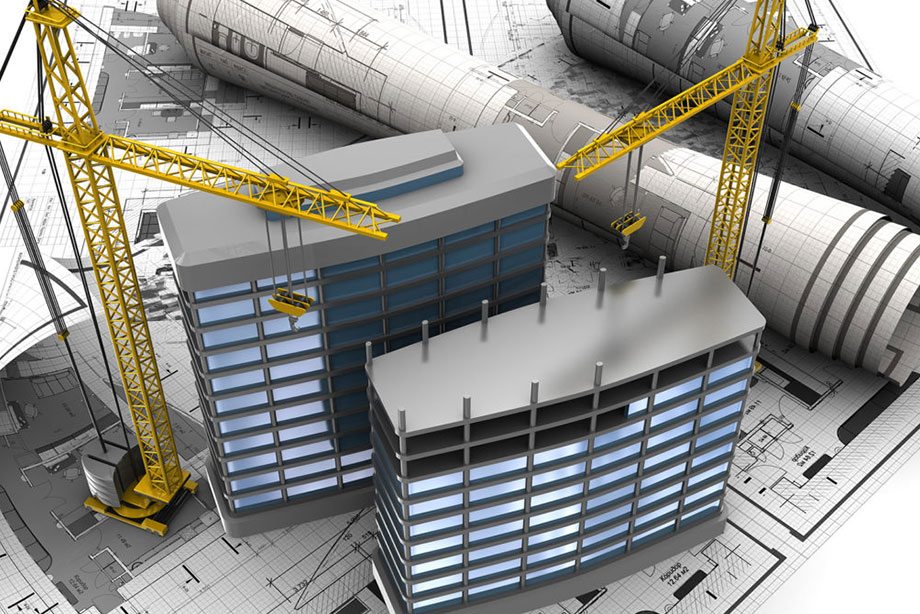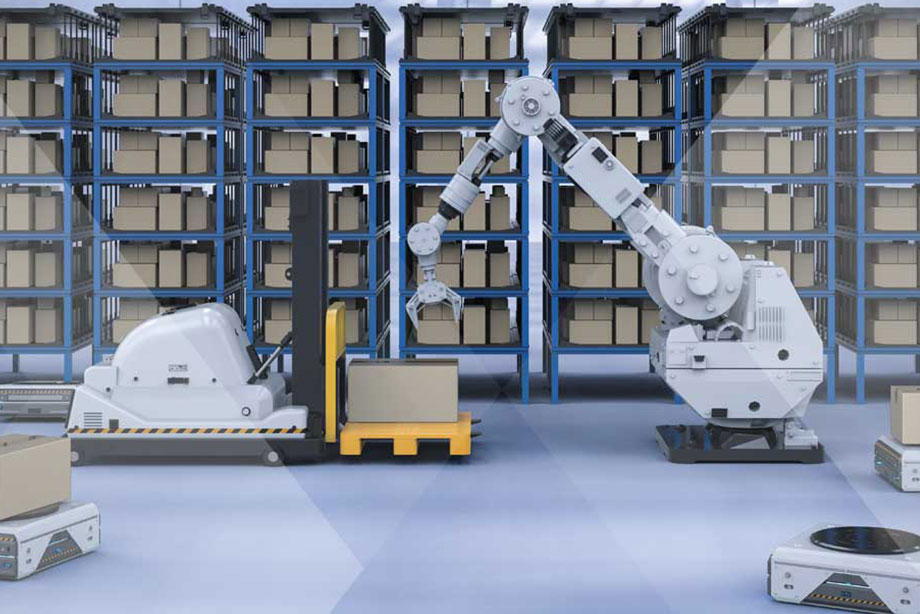Artificial Intelligence - the way of the present
by Filip Mladenovski
The topic of artificial intelligence and its impact is becoming more and more prominent in the workforce and across industries.
In fact, a recent article by The Wall Street Journal delved deeper into the topic, stating that “robots are turning up on more factory floors and assembly lines as companies struggle to hire enough workers to keep up with the influx of new orders.”
Post-pandemic labour shortages are apparent in every industry, from waiters to construction workers. In addition, supply chain bottlenecks and shortages in materials are continuing to cause havoc within the construction industry. Issues like a lack of insight into when mechanical units or structural timber might show up on a project site, for example, and where to find enough skilled labourers to keep a project tracking, are testing the resilience and resolve of construction companies across the globe, to the point where many are exploring more efficient and agile approaches to manage projects. Many industry leaders are turning to the implementation of new technologies such as Artificial Intelligence, data analytics and 3D printing in search of better productivity, lower operating costs and higher margins.
Though the adoption of innovative technology and artificial intelligence within our industry is still emerging, industry experts believe many of these developments will assist project teams in managing design and planning, monitoring and reducing site wastage, tracking on-site visibility and increasing safety and efficiency. For instance, one company in the US is trialling a new 5D BIM technology for project design, planning and cost estimation. They have reported a significant reduction in coordination errors, and at the same time, teams have been enabled to make decisions promptly and effectively. Another company is using image and video analytics to assess worker productivity and better identify on-site complications.
AI-based technology is proving to assist project managers in effectively mapping sites, sharing real-time information with stakeholders and clients from projects in regional areas or hard-to-travel locations. 3D helmet cameras are a relatively new technology and are changing the nature of data available on projects, providing daily updates and allowing for the ability to maintain progress across time. Site staff generally walk through a development site equipped with specialised cameras, which in turn maps their travel path while digitally converting images to create an online 3D map that stakeholders and managers can inspect and access directly from their respective offices.
While implementation of such technologies may not completely eliminate issues related to supply chain, labour shortages, inflation and other factors, it does provide businesses with the opportunity to think about developing and implementing new organisational strategies in areas of the project cycle they can control. AI has the potential to change construction business models, eliminate costly mistakes, decrease worker accidents, and improve building operations. Ultimately, this puts companies in a better position to maximize opportunities while minimizing the impact any potential disruptions have on their business.
- Sources:
- – The Wall Street Journal – Robots pick up more work at Busy Factories
- – The Business Research Company
- – Building Connection – Digital Innovation: The Future of Australia Construction Industry
- – Livemint – Smart Construction: AI Drives on-site Safety, Quality, Lower Wastage



